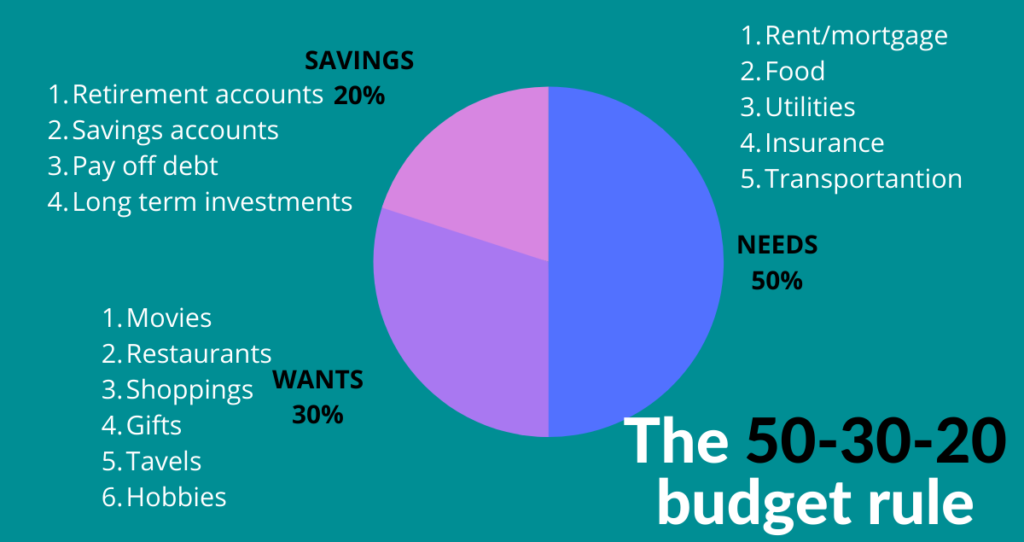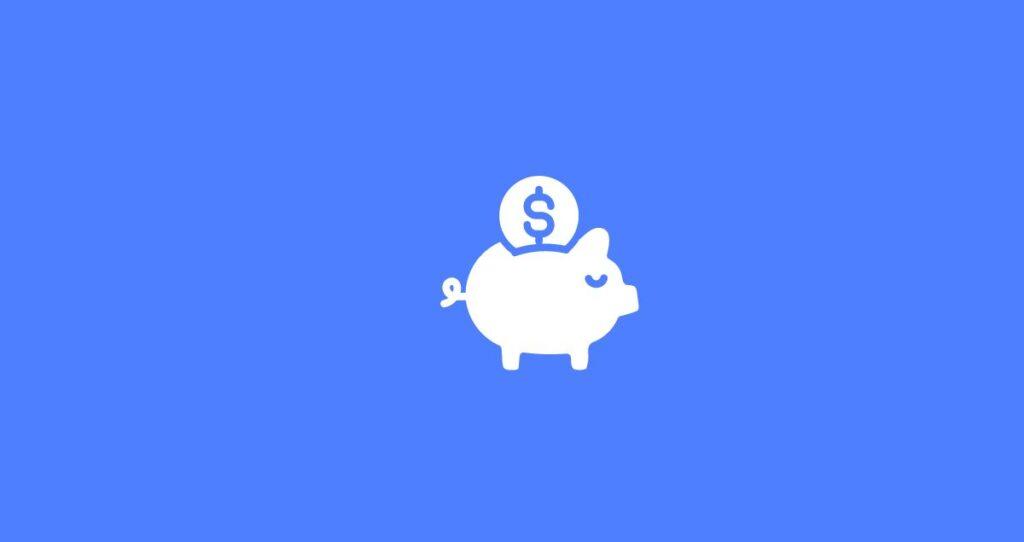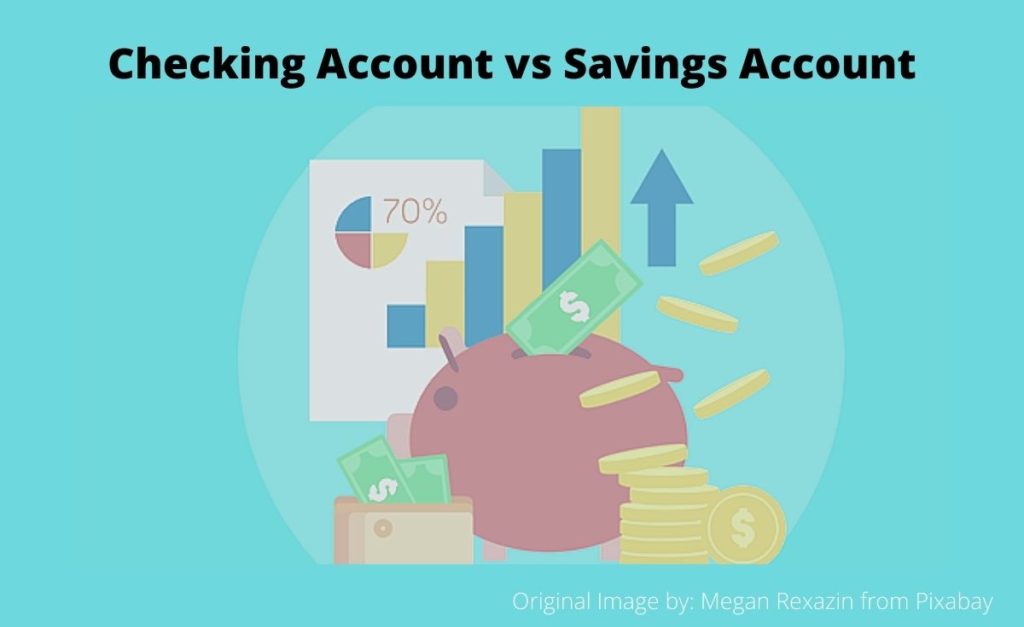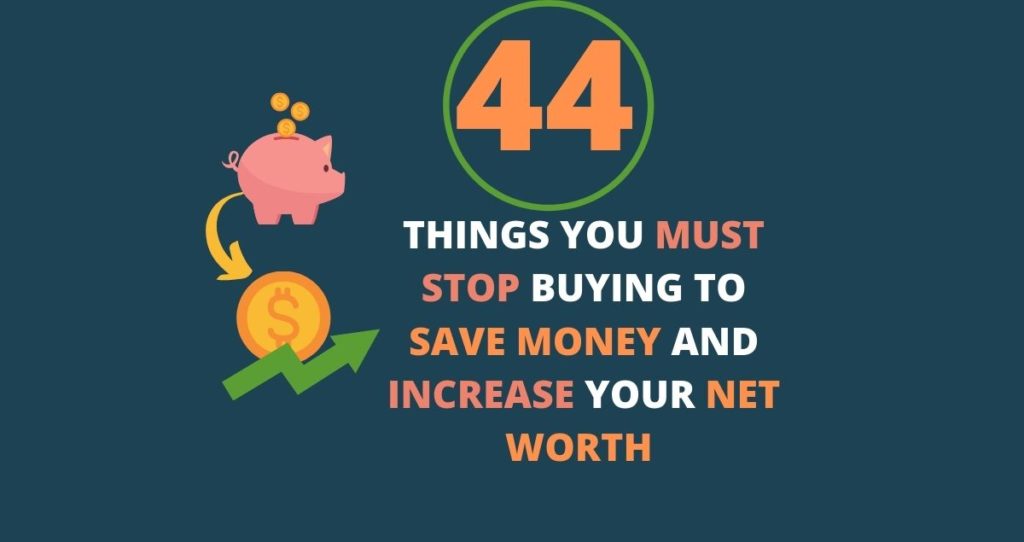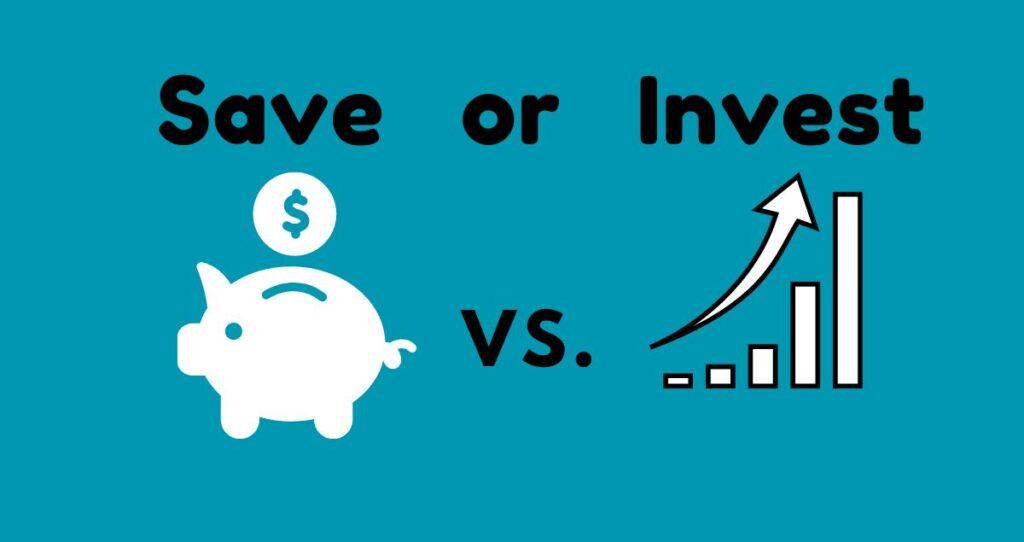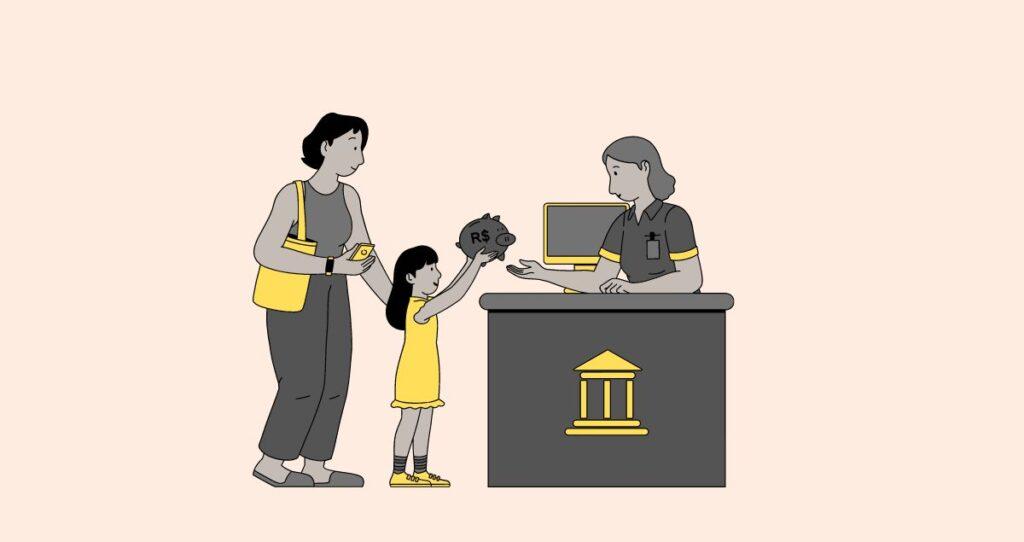Have you ever thought about the potential risks involved when you withdraw money from an ATM? It may seem like a routine and harmless process to withdraw cash from the ATM, but in reality, frauds and robberies are common. The good news is that there are important steps you can take to ensure your safety and protect your finances. Before you withdraw money from the ATM, conduct a visual inspection of the machine for any signs of tampering and skimming devices. You should also cover the keypad when entering your 4-digit ATM PIN.
Additionally, check if any suspicious individuals are loitering nearby or behaving oddly. If you notice suspicious activities or the ATM is in a low-light location or obscure area, do not use that ATM to withdraw cash. To avoid fraudulent activities and robberies, withdraw money from ATMs that are inside banks or in shopping malls, grocery stores, and gas stations.
Here are things you should know about withdrawing money from the ATM and a step-by-step guide to withdrawing cash from any ATM.
Understanding the risks of ATM withdrawals
While ATMs have become a convenient way to access your money, they also present some risks that you need to be aware of. By understanding these risks, you can take the necessary precautions to protect yourself and your money when withdrawing cash from an ATM.
Here are ATM withdrawal risks you should be aware of.
- The possibility of fraud. This can occur in various ways, such as through card skimming or the use of hidden cameras to steal your PIN.
- Possibility for physical harm. ATMs that are located in secluded or dimly lit areas carry a high risk of theft from criminals.
- Technical issues with ATMs. Sometimes, the machine might malfunction which could lead to not dispensing the correct amount or returning your card. These situations can be frustrating and can leave you in a vulnerable position.
What should you do before using an ATM?
ATM withdrawals can be risky depending on the environment where you use the ATM. Not only that you could be robbed right after withdrawing the money, but also your personal information can be stolen leading to a long-term identity struggle. For this reason, it is critical to take a few precautions to ensure your safety and protect your finances before using an ATM.
Here are a few things to do before using an ATM to successfully withdraw your money.
- Cover the ATM keypad with your hand or purse while entering your PIN. This simple act can prevent others from seeing your personal information and reduce the risk of someone attempting to steal your card or login credentials.
- Do not use the ATM when someone is too close to you. it’s wise to be cautious of anyone who may be standing too close to you or observing your movements while you’re using the ATM. Criminals often employ tactics such as shoulder surfing or distraction techniques to steal your information or cash.
- Choose the best location for an ATM. Before using an ATM, you need to choose the ATM that is in the best location possible. Opting for ATMs located inside a bank or in busy and well-populated areas can significantly reduce the likelihood of criminal activity. These areas are typically more heavily monitored and less attractive targets for criminals. When possible, try to avoid using stand-alone or isolated ATMs, especially at night or in secluded areas.
- Go with a friend. If you feel uncomfortable using an ATM by yourself, especially during the night, go with your friend for extra protection and support.
- Make sure the ATM accepts your card. If you don’t have an account with that bank, you will not be able to make a deposit. Additionally, out-of-network ATMs will not let you make deposits to other banks. You will also pay a fee if you are using third-party ATMs.
- Make sure you have money. Before using an ATM, you should know if you have enough money in your account to avoid overdrafts. While you can check your account balance at an ATM, it is best to know how much money you have beforehand to avoid the hustles and minimize your risks.
- Know your ATM PIN. Before using an ATM to withdraw money or make a deposit, you will need to enter your PIN which acts as important login information. If you don’t have a PIN, set one up before heading to the ATM by calling your bank or visiting a local branch.
13 steps to withdraw money from an ATM
To ensure a smooth and secure experience when withdrawing money from an ATM, it is essential to familiarize yourself with the withdrawal process and know what you need ahead of time.
Here is a step-by-step guide to withdrawing cash from an ATM.
1. Choose a reputable and well-lit ATM location
Opt for machines that are in busy areas, preferably with surveillance cameras and security personnel nearby. This way, you minimize the risk of unauthorized individuals or suspicious activities.
2. Inspect the ATM
Once you’ve located a secure ATM, take a moment to visually inspect the machine for any signs of tampering. Look for loose or misaligned parts, unusual attachments, or any devices that may appear out of place. If you notice anything suspicious, report it to the bank or ATM owner immediately.
3. Be alert and aware of your surroundings
Avoid distractions and ensure that no one is watching you as you type. If you suspect someone is looking over your shoulder or behaving suspiciously, cancel the transaction and find a different ATM.
4. Insert your card into the machine
This step is when you put your card into the ATM. The ATM will show you the face of the card that goes up which is usually the front page of your card.
5. Select the language
ATMs come in different language options. Choose the language you want to use such as English or Spanish.
6. Enter your PIN
Before inserting your PIN, cover the keypad with your hand or body to shield your PIN from prying eyes or hidden cameras. This simple act prevents others from visually capturing your personal information.
7. Select the transaction type
After putting the 4-digit ATM PIN into the machine, you will have the option to select the transaction type. Common transactions you will see on the screen include but are not limited to Transfers, Withdrawals, Deposits, checking your balances, etc.
8. Select the type of account
After choosing the transaction type, you will submit your choice and move to the next step. If you are withdrawing cash from an ATM, you will then choose the type of account where the money is coming from. Common types of accounts to withdraw money from an ATM are checking and savings accounts.
After successfully entering your PIN, select the desired account type. Take a moment to double-check your selection and confirm that you’ve chosen the correct options.
Some banks also allow you to withdraw cash from your credit card also known as a cash advance. In this case, you will make a choice related to your credit card account information.
9. Enter the withdrawal amount
This is where you enter the amount of cash you need to withdraw from the ATM. You should not enter more than the amount available in your bank account. Additionally, know beforehand your withdrawal limits. Most ATM withdrawal limits range between $300 to $5,000, according to USToday. After entering the money you want to withdraw, push enter and move to the next step.
10. Take your money
The ATM will verify your request and disperse the amount you have requested. Carefully put your cash in a wallet, purse, or pocket, ensuring it is secure before leaving the ATM. If you need more than the withdrawal limit, visit your local branch.
11. Make another transaction
After a successful transaction, the ATM will give you an option to make another transaction or exit. If you wish to make another transaction, you will need to select the other transaction option and repeat the same process.
12. Take your card and receipt
Once you’ve completed the transaction, don’t forget to take your card and any receipts. Leaving behind personal items can lead to potential security risks, especially if the next user has malicious intentions.
13. Review your transaction
After withdrawing money from an ATM, make it a habit to review your bank statements regularly and monitor your account for any unauthorized transactions. If you spot any discrepancies or suspicious activity, contact your bank immediately to report the issue.
What is the first thing to check before withdrawing money from an ATM?
The first thing to do before you withdraw money from the ATM is to inspect the ATM and evaluate your surroundings. You need to examine the ATM for any signs of tampering or skimming devices before proceeding with your transaction. These deceitful devices are often designed to look like part of the ATM, making them difficult to detect which enables thieves to steal your information.
Here are a few tips to evaluate if the ATM you are using has been tampered with.
First, take a close look at the card slot. Does it appear loose or out of place? If so, it could be a sign of tampering. Additionally, check for any unusual devices or attachments around the keypad or the screen. Skimmers may install miniature cameras or overlays on the keypad to capture your PIN.
Additionally, trust your instincts. If something feels off or looks suspicious, trust that gut feeling and find another ATM. It’s better to be safe than sorry when it comes to protecting your hard-earned money and identity.
How do I know if my ATM is safe to withdraw cash?
To know if your ATM is safe to withdraw cash, run the inspection I covered in the previous paragraph. You can accomplish this task by inspecting the ATM for tampering activities and suspicious devices on the machine. If you see something that does not belong there such as cameras, then the ATM will not be safe to withdraw cash.
While the ATM might be safe to use, the environment where it is located could also make it unsafe to withdraw cash. Start by checking if any suspicious individuals are loitering nearby or behaving oddly. If you notice anything unusual or unsettling, it’s best to find an alternative ATM. Additionally, your ATM will not be safe to use if it is located in an obscure area or hidden away in a corner. You should also evaluate the security features located at the ATM such as the physical gate, recording camera, etc.
Which ATMs are safest?
The safest ATM to withdraw cash is the one located within a bank branch. Being inside the bank greatly reduces the risk of tampering or skimming devices being attached to the machine. Additionally, bank branches typically have surveillance cameras and security guards, further deterring potential thieves.
Other ATMs that come with an extra layer of security are those located in well-lit public areas. ATMs situated in busy areas such as shopping malls, gas stations, or grocery stores tend to be more secure. The constant flow of people and increased visibility make it difficult for criminals to tamper with the machines or engage in any suspicious activities unnoticed.
When choosing an ATM to withdraw cash, consider its surroundings. Opt for ones that have good visibility, especially during nighttime. ATMs that are situated in isolated or poorly lit areas pose a higher risk to your safety. Look for ones that have adequate lighting and are not obstructed by large objects or obstacles that could provide cover for someone trying to rob or harm you.
Is it safe to go to an ATM at night?
If possible, avoid withdrawing money at an ATM during the night. While the need for money can vary depending on various factors, it is essential to consider certain precautions to ensure your safety when withdrawing money after dark. ATM thefts are usually higher during the night due to reduced traffic and visibility. To avoid getting robbed when withdrawing money from the ATM, do not go to ATMs during the night.
If you must withdraw money from the ATM during the night, however, choose an ATM that is situated in a well-populated area with high traffic. If you live near a bank, visit an ATM inside the bank’s branch as this ATM has extra layers of security such as cameras and a security guard. You can also find support and safety in the number by going to the ATM with your friends during the night. Never use ATMs located in dimmed lights or standalone ATMs during the night.
How much cash withdrawal is suspicious?
While ATM withdrawal limits can vary depending on the financial institution and the account, there are some general guidelines to keep in mind.
For most banks, any cash withdrawal over $10,000 is automatically flagged as suspicious and reported to the Internal Revenue Service (IRS). This reporting requirement is mandated by the Bank Secrecy Act, which aims to prevent money laundering and other illegal activities. You should note that this threshold applies to both single transactions and multiple cash withdrawals made within a short period. For withdrawal purposes, most institutions have daily ATM withdrawal limits that are much lower than $10,000. For example, the maximum withdrawal limit for Bank of America is $1,000 or a maximum of 60 bills that can only be dispensed at one time. When setting up the withdrawal in advance in the mobile banking app, the maximum amount becomes $800.
Factors that affect your ATM withdrawal limits can vary depending on the type of bank account and the institution. Most banks limit the daily ATM cash withdrawal to anywhere between $300 to $1,500, according to US News.
Withdrawing a large sum of cash, however, does not necessarily imply any illicit activity. Some legitimate reasons for large withdrawals include purchasing a high-value item, making a down payment on a property, or funding a small business.
What is the IRS limit on cash withdrawals?
Currently, the IRS sets the cash withdrawal limit at $10,000 to avoid filing Form 8300. This means that if you withdraw less than $10,000 in cash from your bank account, you won’t have to worry about any reporting obligations to the IRS.
However, it’s essential to remember that this limit applies to a single transaction or multiple transactions that are related. In other words, if you make several cash withdrawals within a short period that add up to $10,000 or more, the bank may still report this activity to the IRS.
How many times can I withdraw money from an ATM in a day?
In general, the specific limits for ATM withdrawals can vary from one bank to another. Most banks impose a daily withdrawal limit to protect your account and reduce the risk of fraud. This means that even if you have a sufficient balance, there might be a cap on the total amount you can withdraw within 24 hours.
The daily withdrawal limit can vary widely depending on your bank and account type. Some banks may set a conservative limit of a few hundred dollars, while others might offer higher limits well into the thousands. It’s essential to check with your bank to understand the specific withdrawal limits that apply to your account. Savings accounts usually limit the number of withdrawals to six in any given month.
Additionally, it’s worth noting that some banks may also impose limits on the number of transactions you can make in a day. This means that even if you haven’t reached your withdrawal limit, you might encounter a restriction on the number of times you can use the ATM within a certain timeframe. These limits are put in place for security reasons. For example, even if you have unlimited access to your checking account funds, making multiple ATM withdrawals in a short period can lead to flagging your account.
Banks and financial institutions closely monitor account activity to detect any signs of suspicious behavior. Multiple withdrawals in a short period might trigger automated fraud alerts and could lead to your account being temporarily frozen or flagged for further investigation.
Do banks monitor cash withdrawals?
Yes, banks monitor cash withdrawal transactions. The reason behind this monitoring is to ensure the security of your funds and protect against any suspicious or fraudulent activities. Banks have sophisticated systems in place that track ATM usage and keep a close eye on cash withdrawal patterns. If any unusual activity is detected, banks may intervene to verify the transaction or take appropriate action to protect your account.
This monitoring system not only safeguards your funds but also helps banks identify and prevent potential scams or unauthorized transactions. It allows them to stay vigilant in their efforts to protect their customers’ assets and maintain the integrity of the banking system.
Do banks report to the IRS when you withdraw money?
Yes, banks are required to report certain cash withdrawals to the IRS, but not every transaction is reported. This reporting requirement applies to large cash transactions. The purpose behind this reporting is to help the government track financial activities and prevent money laundering and other illegal activities.
Under the Bank Secrecy Act (BSA), banks are obligated to report cash withdrawals exceeding $10,000 to the IRS. This includes both single transactions of $10,000 or more and multiple transactions that add up to $10,000 or more within 24 hours. These reports are filed using Form 8300, which captures important details such as the name, address, and social security number of the individual making the withdrawal.

